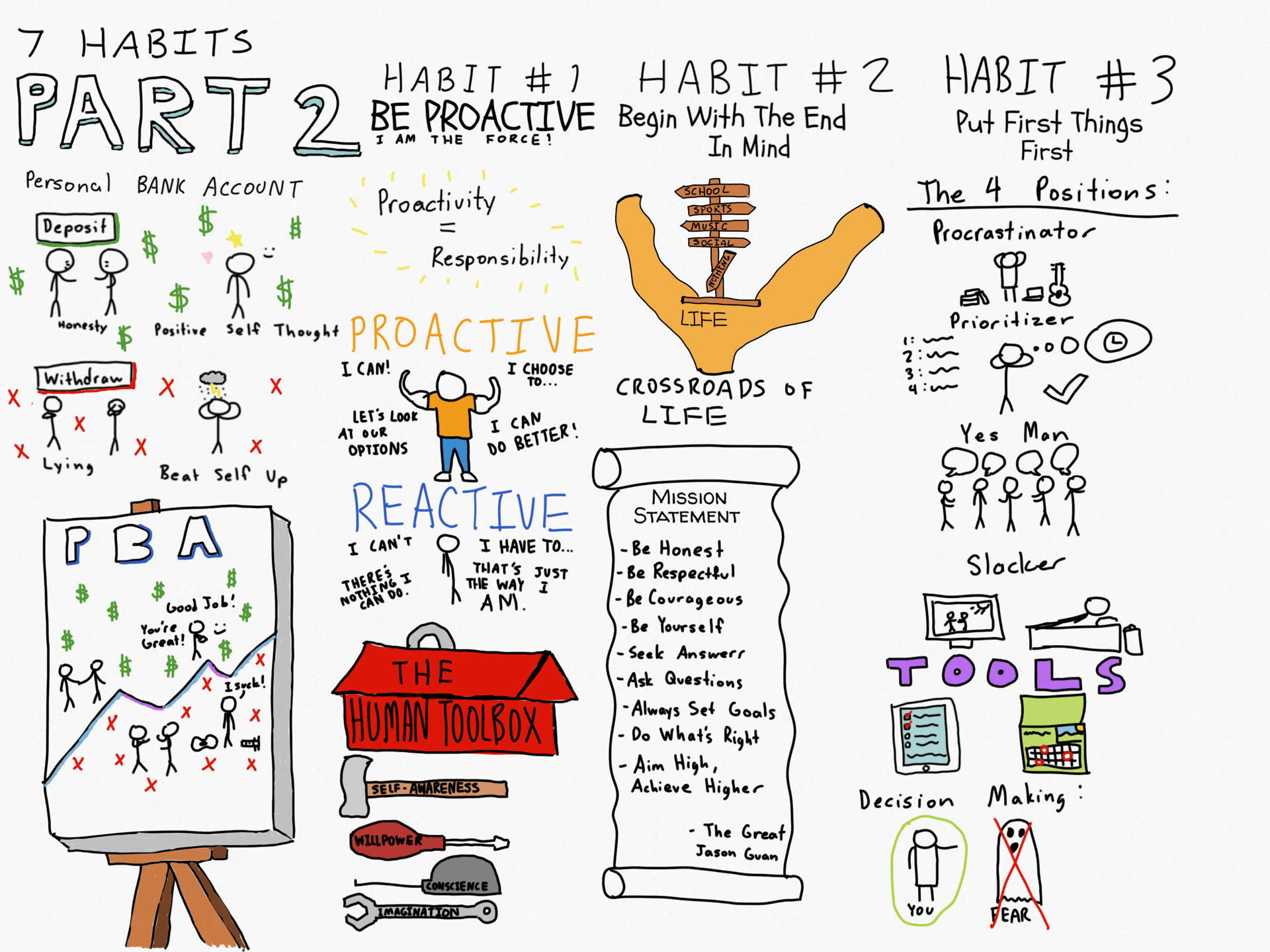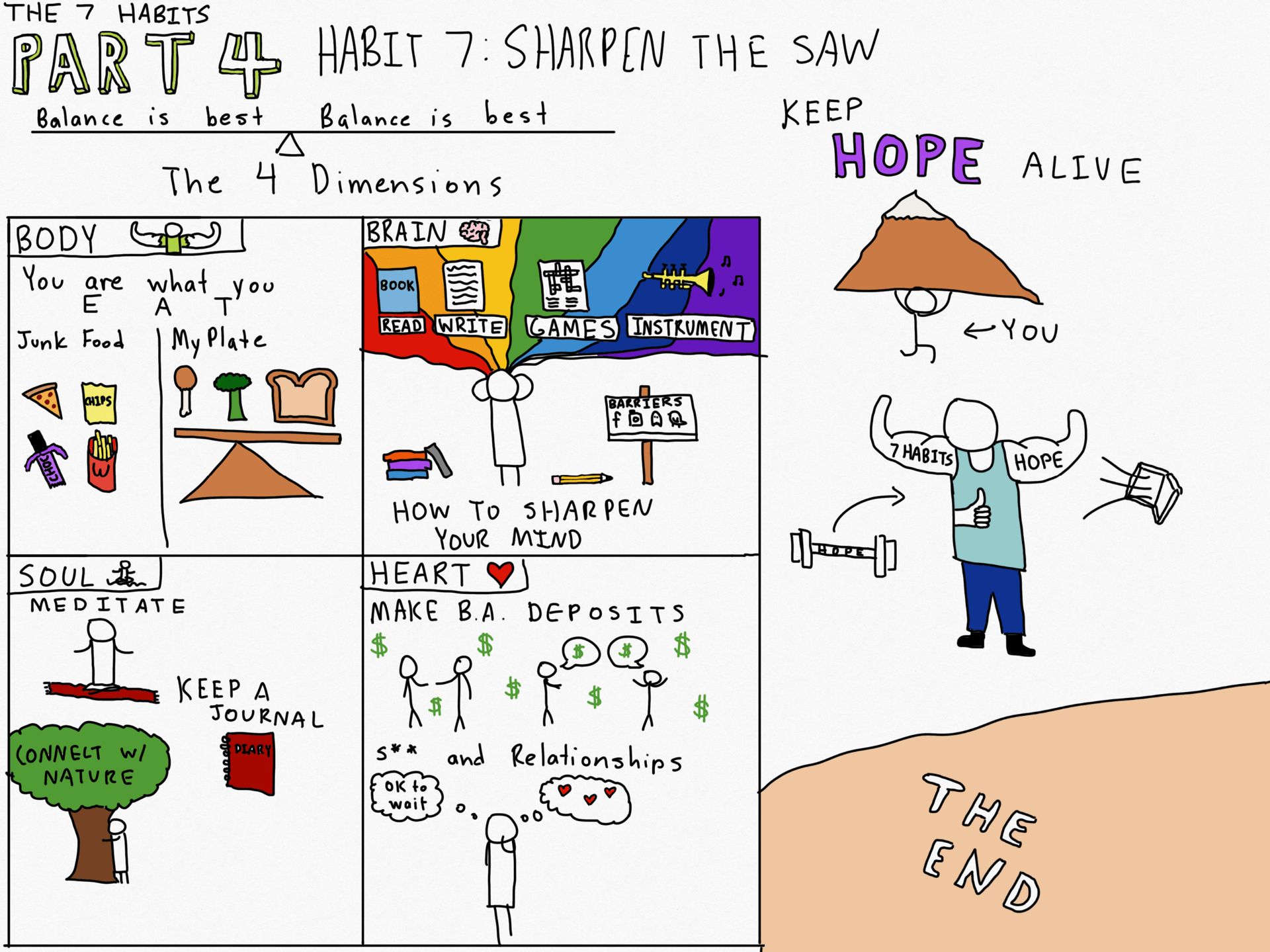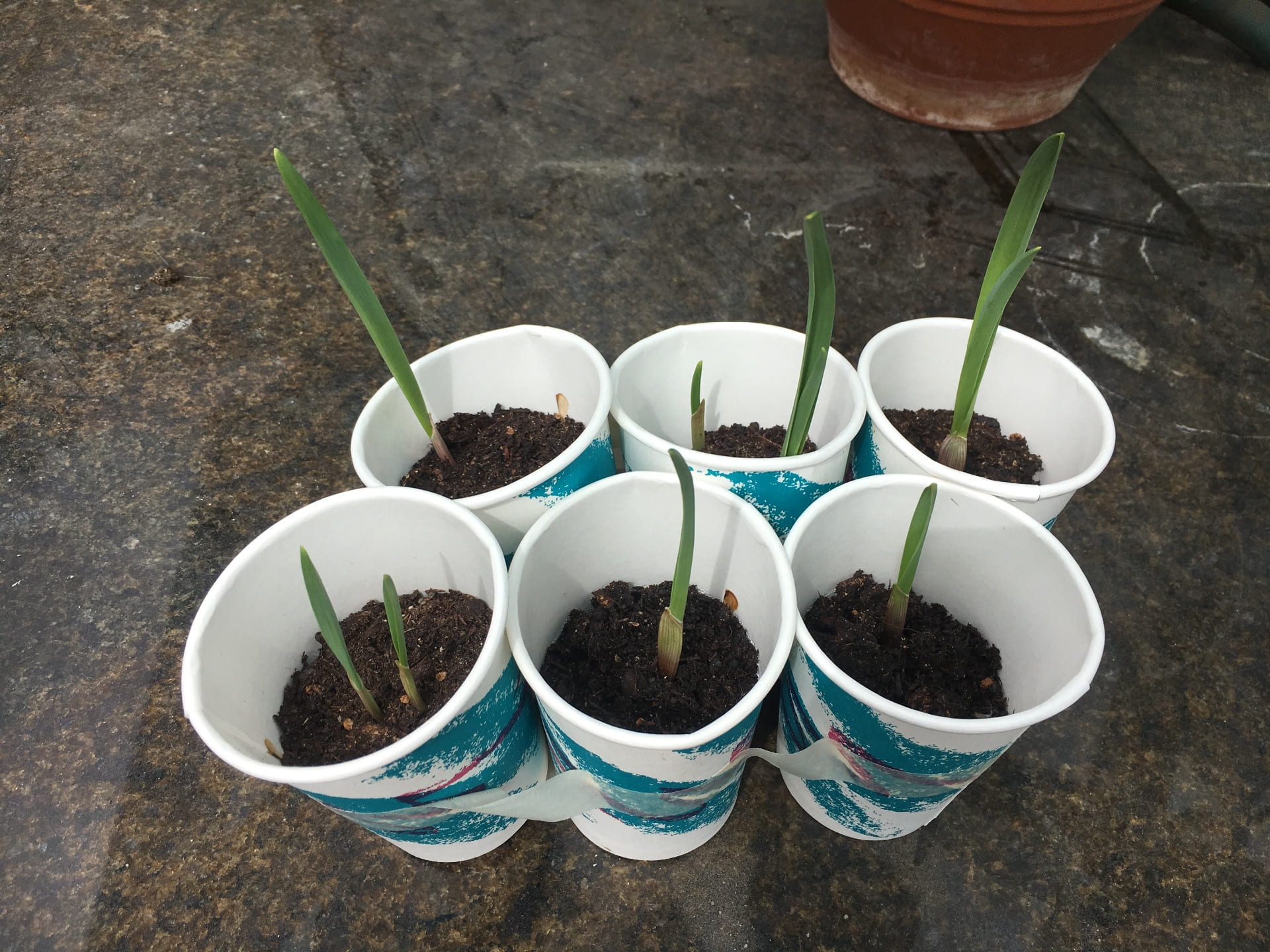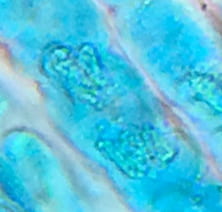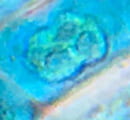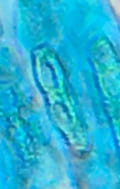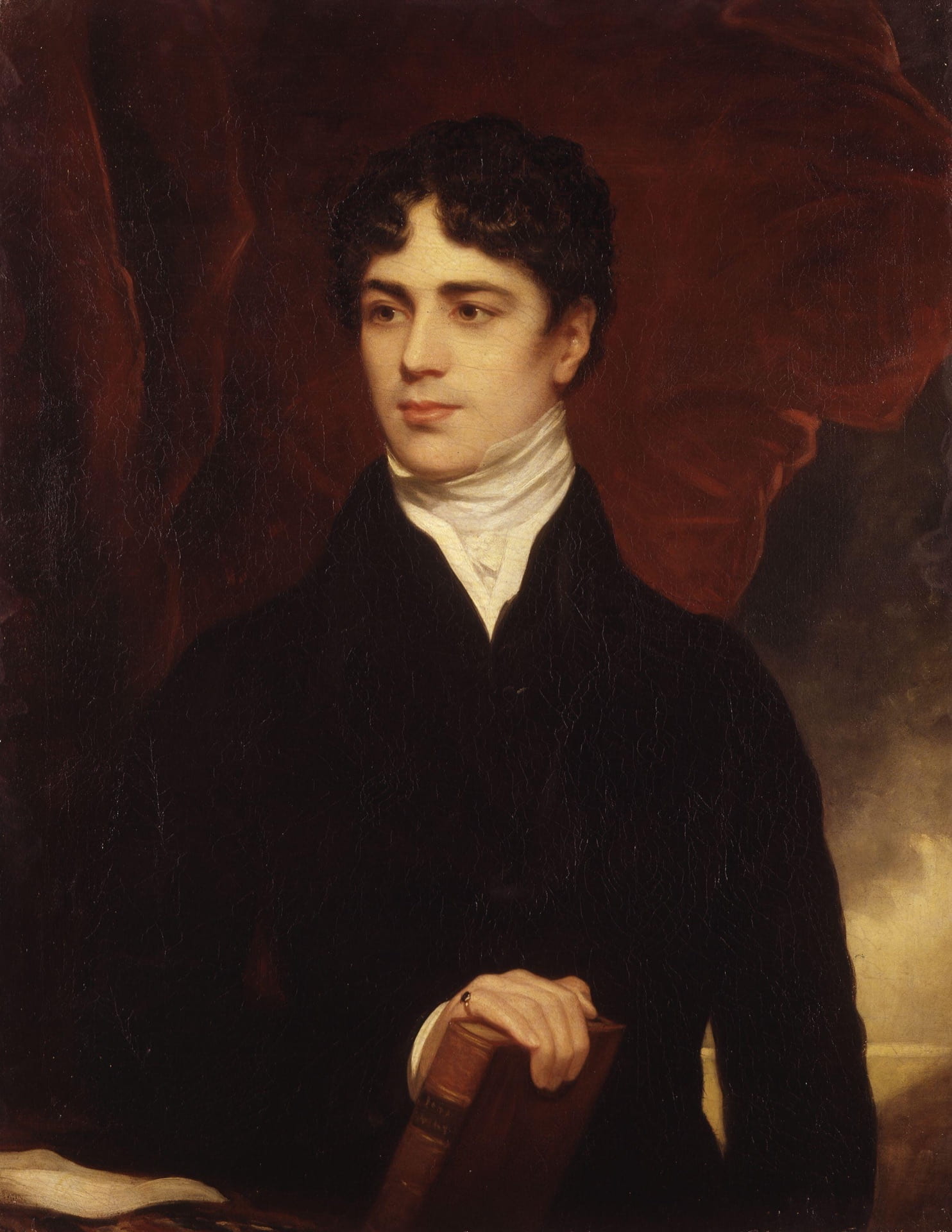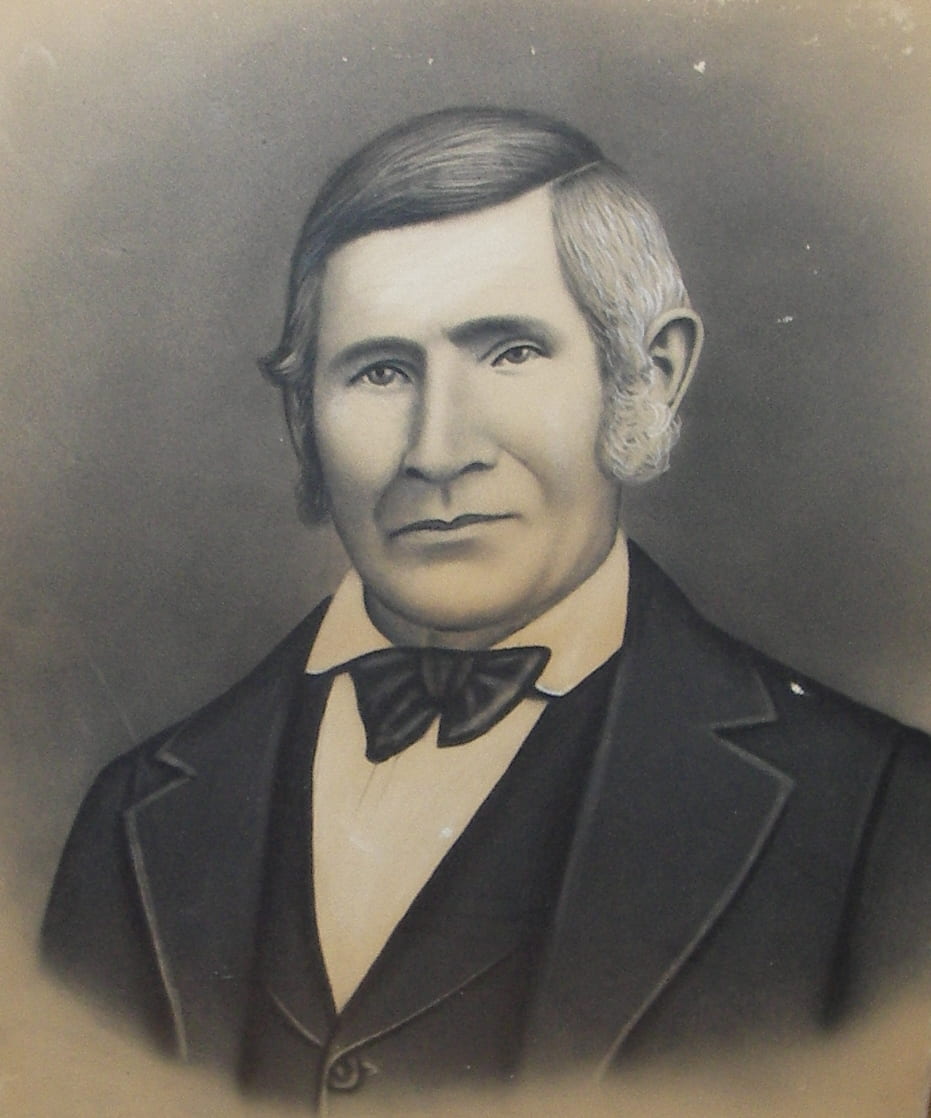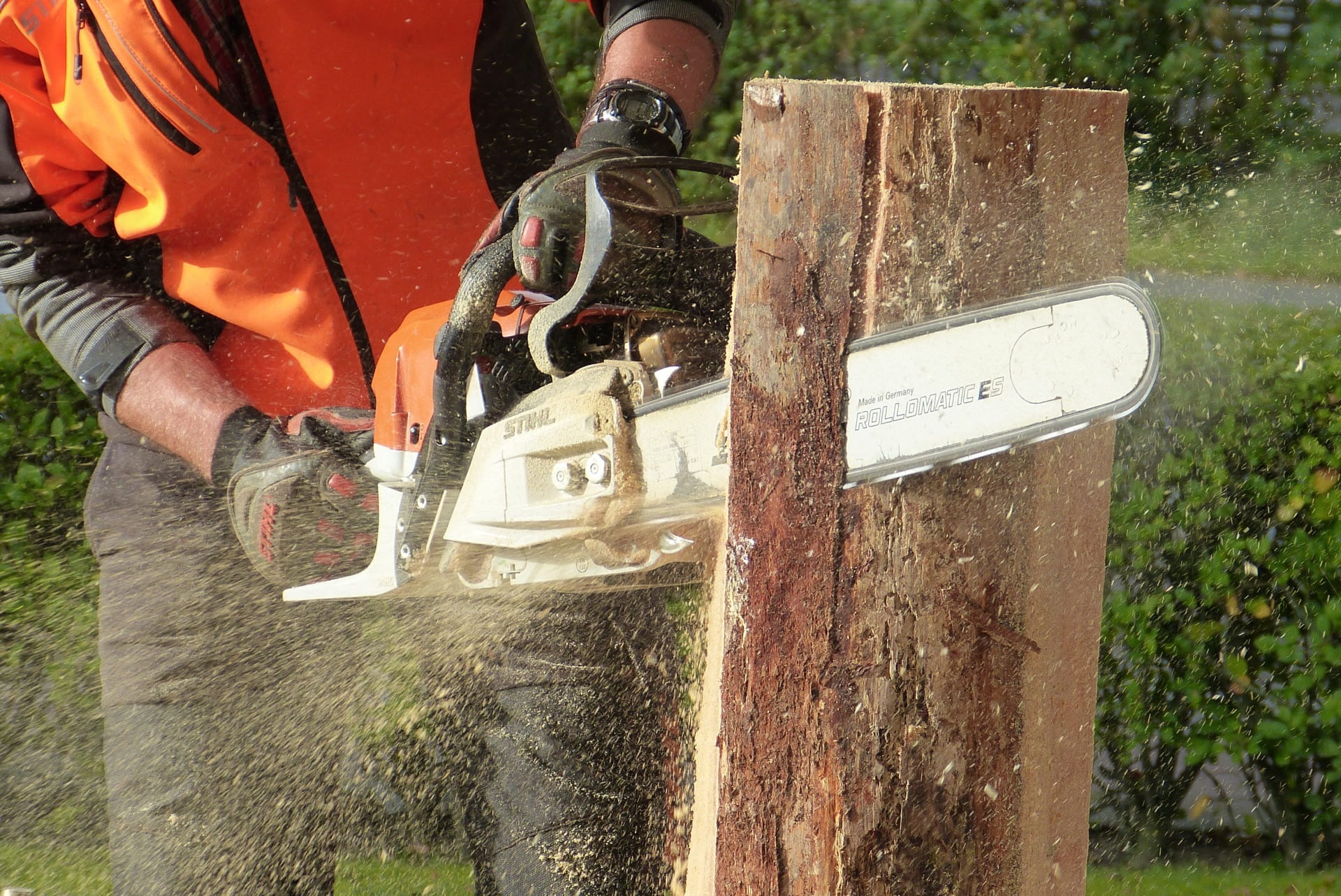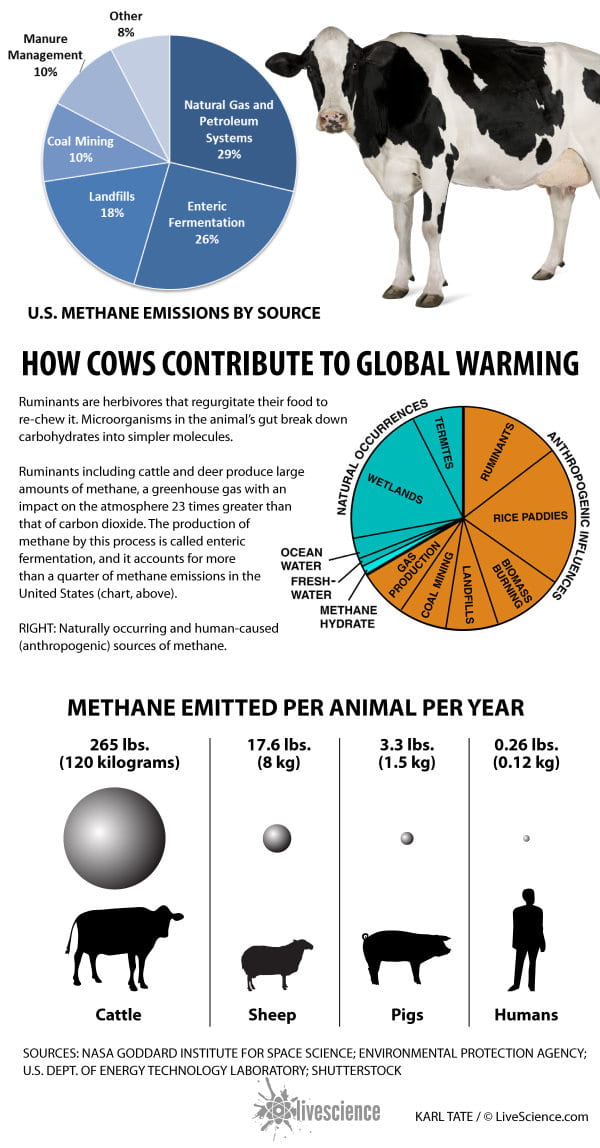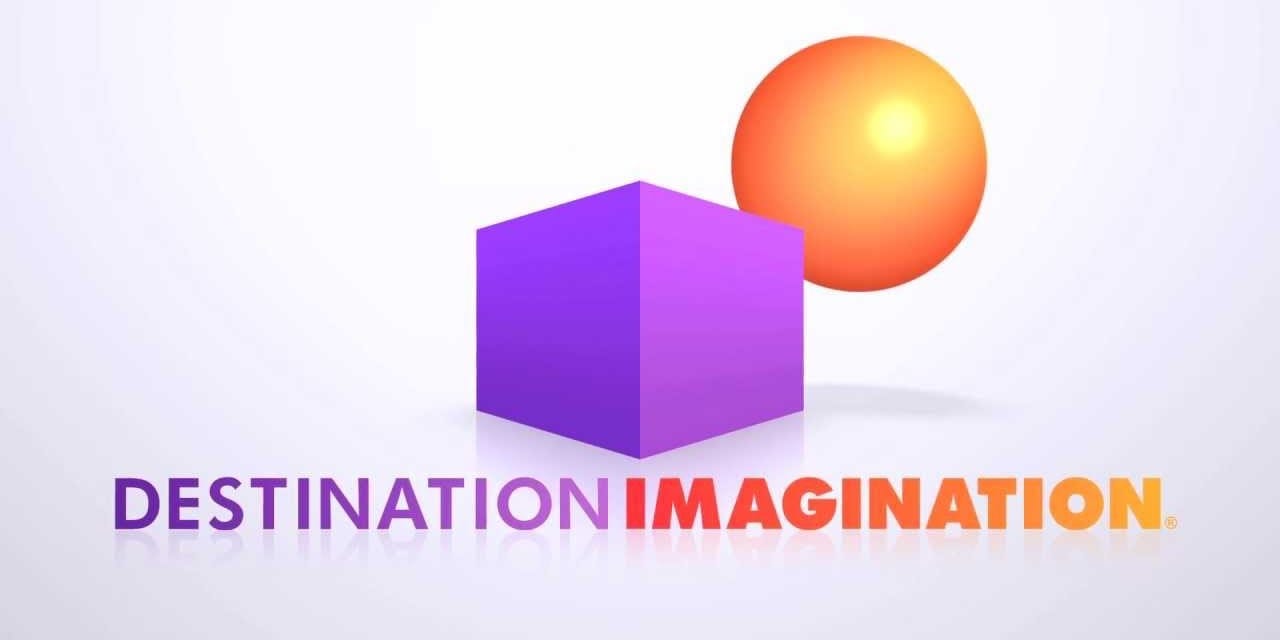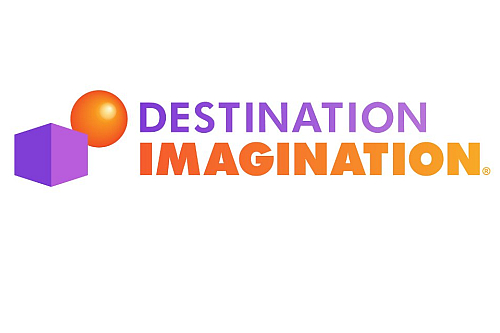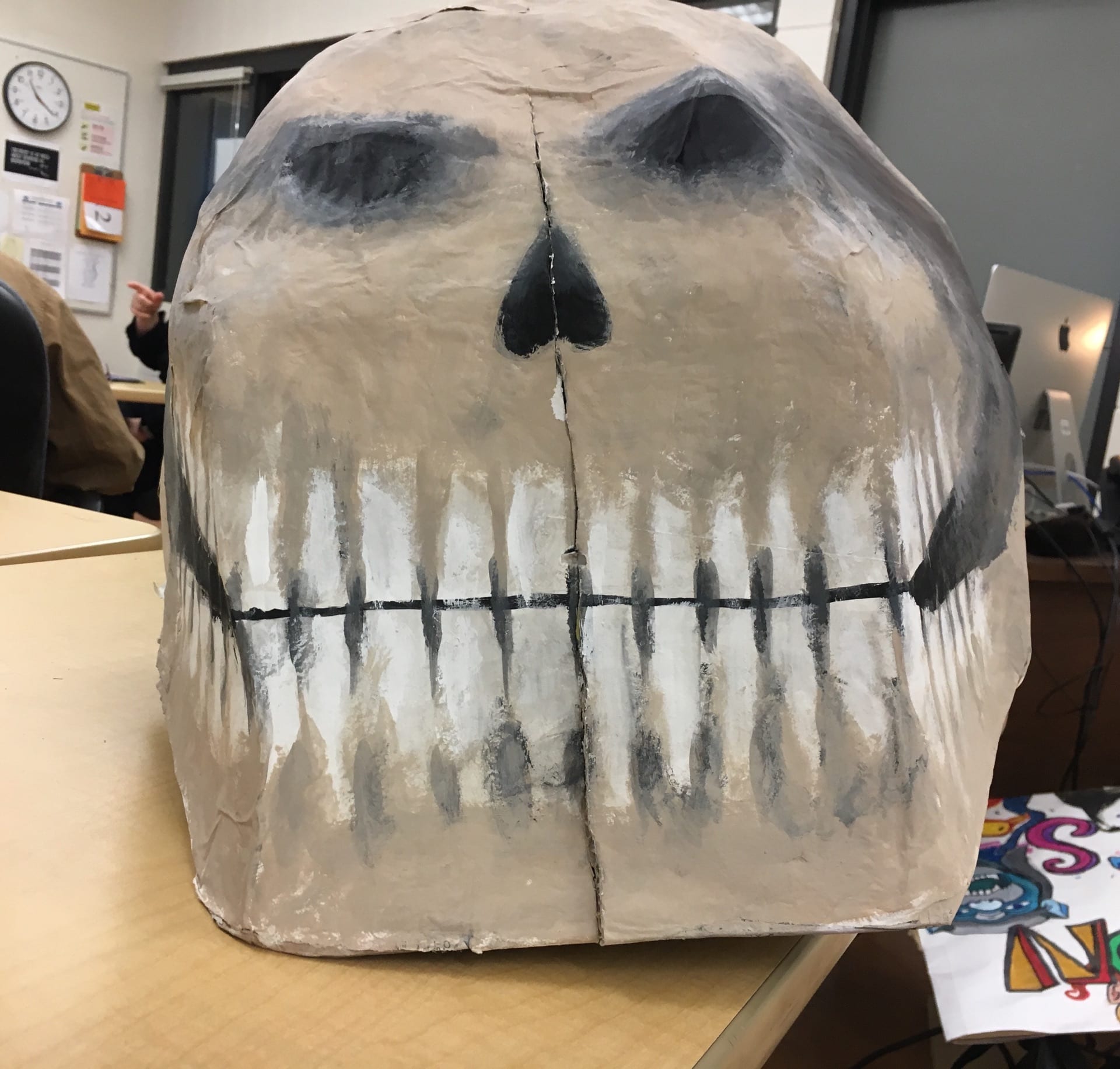Yep. You read the title right. The end is near. And by that, I mean school’s almost out. Not the apocalypse.
With that mystical insight out of the way, I’m Jason, and this is my tPOL post. No dilly-dallying today. Straight into it.
I’m kicking things off differently this time around. I generally start with my subjects, but today, I’m starting by recapping my goals from last year.
Last Year’s Goals
Last year, my main goal was to integrate what I’ve learned through PGP into my extracurriculars, and I’m proud to announce that I’ve made good on this promise. I’ve been (or am trying to be) keeping up with things. I’ve plotted out all of my extracurricular activities, from music to academics, and it’s been pretty helpful. It reminds me of what I have to do, and it’s been really overall helpful for staying on task.

My goal for humanities was to use existing feedback and apply it to future situations. With the arrival of many new video projects, the feedback from my older videos proved to be a valuable asset. For example, one of the most common inconsistencies with my videos was the shaky audio. I’m glad to say that that foe has been vanquished…. for now. I looked back at all of my old videos, and took into account all of the repeat mistakes I had made, and for the time being, I have been pretty good at keeping my mistakes fresh and new. I still make mistakes. Only now, I’m making different mistakes.
For Maker, my goal was persistance. I felt I was too “soft” per se, and I gave up a little too easily sometimes. With the twin powerhouses of BlueSky and DI, I’m glad to say that this promise was kept. Even throughout all of the struggles, from wood measurements gone wrong to not having a functioning backdrop on the day of provincials, I kept my head up, thought happy thoughts (which was one of the biggest struggles), and I got through it. I guess things worked out in the end. We made the best out of our wood surplus, and our plan for a pit-crew style de-assemble and re-assemble worked like a charm….ish. And hey, we ended up with a sweet second place trophy. With BlueSky just around the corner, I’m sure with my new mindset, I should be able to get through whatever the exhibition will throw at me.
In science, my biggest goal was to keep an open mindset. I felt my attitude needed a slight adjustment, and in the second half of the year, I stepped it up. Instead of only using 70-80% of my brainpower in class, which was what I was kind of doing before, I kicked it up to 110%, and repurposed what other % of my power to other aspects, such as project design and thinking outside of the box. For example, our latest math project, which was about linear equations, involved calculating costs and looking at equations. Old me would have made a simple equation, not take anything into account, and make a pretty good video. However, new me took everything into account. Pencil cost, advertising time, and even the time it took me to walk to the library. I made a great video, and it paid off, as I got great marks.
Now that that’s out of the way, time for subject reflections.
PGP
Ohhh boy. The big fish. PGP was quite the rocky road. At the start of PGP, I, just like everyone else, was skeptical about it. It took me quite a while to catch on to what the course was about and what it offered, and by term 2, it wasn’t very high on my priorities. However, upon closer inspection, I realized that PGP actually offered a lot, from the 7 Habits to Things to Productivity to Goal Setting. After my newfound respect for the course, the Time Machine project provided me with a great opportunity to show off my growth in that course.
According to my teachers, it worked. My Time Machine product was pretty great in quality, and I think I was one of the only people who actually took the words “Time Machine” literally with my 90’s themed self help video.
Looking back, PGP was like a slope, with the line representing my interest and development in PGP. I started at the bottom, suspicious and kind of lazy, and I slowly clawed my way up to the tippy top of the slope. Pretty good, if I do say so myself.

Humanities
At the mid-term point last year, Humanities was going pretty well. I was a fan of the video projects, and I was consistent with the quality of my videos. I’m pleased to say that (in my opinion) I’ve kept that up. The quality has stayed the same, if not better, and I think my video skills have skyrocketed, from music production to special effects to being a theme master (remember my era-appropriate 90’s themed Time Machine?).
A definite high point for me in humanities was the Wild West, AKA Victoria. The reason I’m saying Victoria is because for one of the first times this year (other than the animation), I was all alone, other than my filming partner, Niklas. The reason I liked this so much was because of the unique challenges it brought to the table. For one, it was an incredibly limited filming timespan, as we only really had 40 minutes in Chinatown. Another thing was the pace. I’m generally a pretty slow actor. I take a while to get ready, and with the fast paced walking tour, I didn’t really have any opportunities to film along the way. However, I think I overcame these obstacles pretty well, with pretty good footage and new solutions (the use of old photos for contrast to show history).

Oh, right. It also taught me filming skills. ESPECIALLY rule of thirds. After some sub-par filming on my behalf for my filming partner Nik (sorry pal), I learned the importance of the rule of thirds and lighting quality.
Maker
Maker was a wild ride. I think I did pretty well this year in terms of leadership, communication, and focus. However, it also brought me back down to Earth, reviving my old foe, Time Management.

DI was so big I’m using it for my positives and negatives. The mid-term was just when DI was starting to heat up, and my god, what a blast of heat it gave me. DI really strengthened my leadership skills and my communication skills. I think I did a pretty good job of helping to keep the group on task, and after regionals, our group chat usage went from 2 texts a week to 20 texts a day.
However, negatives are needed to balance out the goody gumdrops. It gives me great displeasure to say this, but DI made me forget all about my old foe, Time Management. That’s right, the saga between me and Time Management lives on. All the fun of designing costumes and writing outrageous scripts made me forget all about the timeline, and before we knew it, we had 1 week before regionals, and a 60% completed solution. Thankfully, my group and I stepped it up, and we got things done, but a brush with an old enemy reminded me that bad Time Management is a slippery slope.
Scimathics
Not gonna lie, I like Scimathics. The projects and assignments are straightforward. The teacher is straightforward. I’m a pretty straightforward guy. Also, I pretty much think in numbers, so I didn’t have many struggles in this class. However, there were still highs and lows.
High point: Matter Cycles. This is the project where I really learned to think outside the box to create our methane monstrosity. I think this was the project that challenged me the most, or should I say, I challenged myself the most. I was constantly pushing myself to be better, and always looking for areas to improve. This resulted in maximum class time usage, optimal time management, and best of all, lots and lots of calculations.
In the end, I was able to create a superb presentation, filled to the brim with environmental concern, statistics, and unnecessary but still helpful calculations.

Low point: Polynomials
Nothing against polynomials. Nothing against the project. However, this project doesn’t look great compared to my Matter Cycles. I stuck to the basic, keynote template, bottom-feeding, bread and butter, simple project outlines. No self-challenging, just laziness. Not great. Sure, I had things going on, like RCM and DI, but still. However, towards the end of our (Kyle and I’s) project, I kicked it up a notch, and made some much-needed improvements, turning our project from “meh” to “wow!”.
Final Reflection
1 and a half hours and 1500 words later, here I am. Tired, hungry, and ready to reflect on my year.
Grade 9 was great. The projects were usually fun, and the video focus really drew my attention. I made a new friend by the name of PGP, gained some confidence, and made good on my goals. What more could I ask for.
Humanities: Interesting. Maker: Useful. Scimathics: Fun. PGP: Growth.
Those 8 words could sum up my year in terms of PLP, but I also had my extracurriculars. My academics are booming, due to the help of things, and music couldn’t be going any better. Surprising to see that I came so far from a socially awkward Grade 8, to fan favourite, decently confident, time-blocking, things-using, musically accomplished, Grade 9 social butterfly Jason Guan.
Ok. I’m gonna stop writing before I tear up-wait! My goal! I forgot all about that!
My goal/question for the next stretch of months is:
“How can I keep learning even when school’s over?”
As you all know, the pursuit of knowledge never ends, especially with me. Unfortunately, I will be attending summer school this year to boost myself ahead in Math, but even without that or my extracurricular academics, I will keep trying to learn new things, through reading books, passion projects, and who knows, maybe even video games can teach me something. (Mortal Kombat 11’s anatomy is spot-on).
This is a surprisingly emotional Jason, signing off.


















